
Windows 10 End of Life
Infrastructure, News, Tips and RecommendationsWindows 10 support ends October 14, 2025. Learn what End of Life means, how to upgrade to Windows 11, and how IT Insights of Rochester can help your business stay secure and compliant.
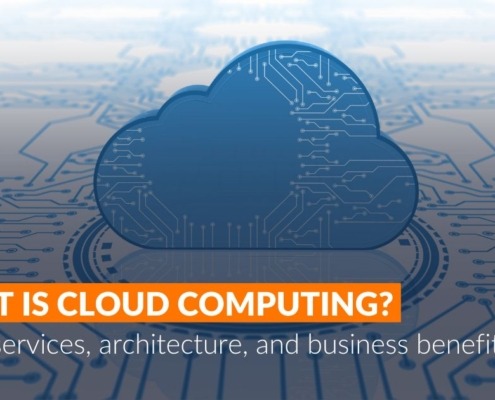
What is Cloud Computing?
Business, Infrastructure, IT Services, Technology, Tips and RecommendationsLearn what cloud computing is, how it works, and why businesses are migrating to the cloud. Learn about industry-specific solutions from IT Insights.
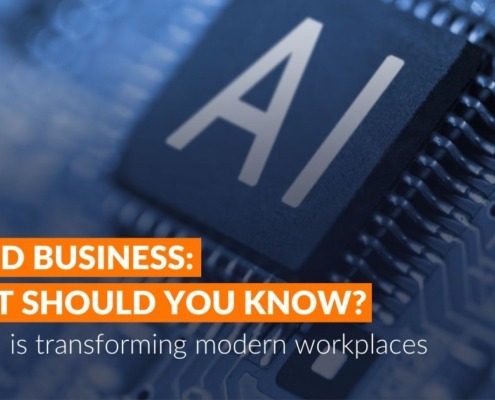
AI and Business: What Should You Know?
Business, Technology, Tips and RecommendationsDiscover how AI is transforming business—from automation to real-time insights—and what it means for your team's productivity and success.

The Power of Two-Factor Authentication (2FA)
Infrastructure, Security, Technology, Tips and RecommendationsDiscover the importance of Two-factor Authentication (2FA) in protecting your accounts from cyberattacks and learn how to easily implement it for enhanced security.
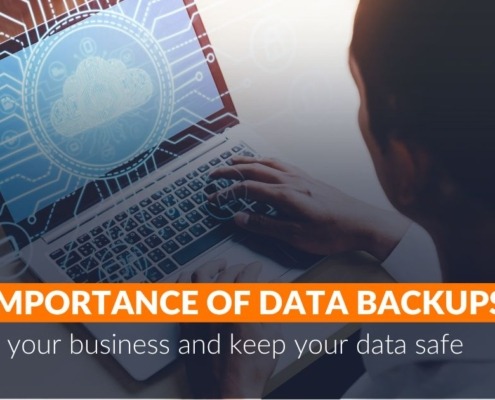
The Importance of Data Backups
Infrastructure, IT Services, Security, Technology, Tips and RecommendationsProtect your business and keep your data safe. Why having a backup plan is the key to staying operational.

Why You Need Microsoft 365
Business, Technology, Tips and RecommendationsLearn how Microsoft 365 boosts productivity, security, and collaboration for businesses of all sizes.
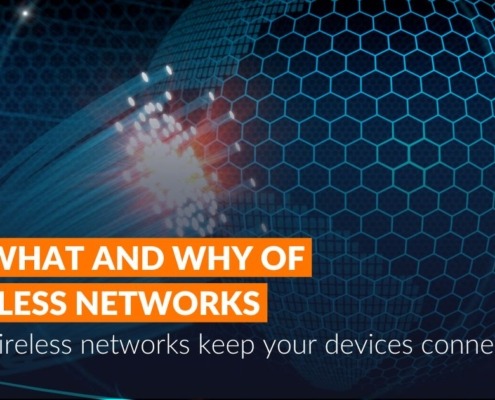
The What and Why of Wireless Networks
Business, Infrastructure, Technology, Tips and RecommendationsDiscover the essentials of wireless networks! Learn how they simplify connectivity, eliminate cables, and power your home or business network effortlessly.
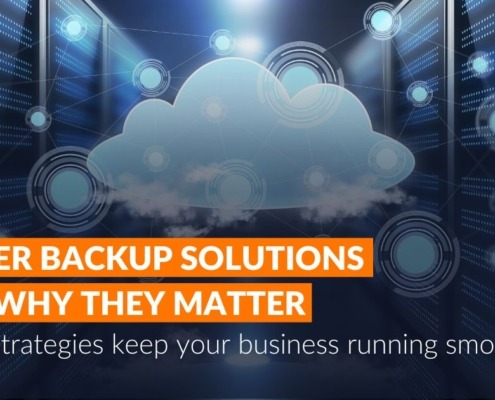
Server Backup Solutions and Why They Matter
Infrastructure, IT Services, Security, Technology, Tips and RecommendationsSafeguard your data through IT Insight’s solutions. Learn how IT Insights can offer your business the tools to secure your system’s infrastructure.
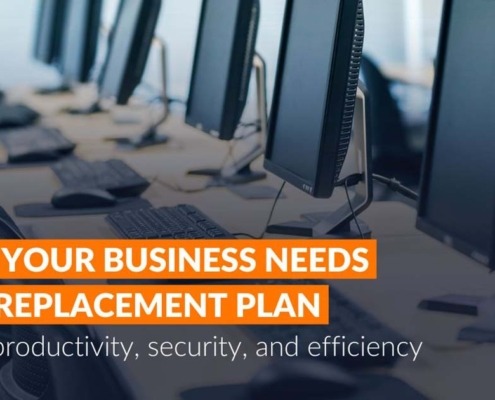
Why Your Business Needs a PC Replacement Plan
Infrastructure, IT Services, Technology, Tips and RecommendationsBoost productivity and security by replacing outdated PCs every 3-5 years. Learn how timely PC upgrades reduce risks and enhance business efficiency.

IT Insights’ Ticketing Solutions and How to Open Tickets
IT Services, Tips and RecommendationsOptimize your IT support experience with IT Insights' ticketing solutions. Learn how to open tickets efficiently and access our top-notch support services.
